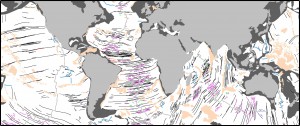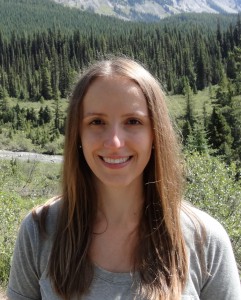 We present a global community data set of fracture zones (FZs), discordant zones, propagating ridges, V-shaped structures and extinct ridges, digitized from vertical gravity gradient (VGG) maps.
We present a global community data set of fracture zones (FZs), discordant zones, propagating ridges, V-shaped structures and extinct ridges, digitized from vertical gravity gradient (VGG) maps.
… Read more…
RRR FM Radio show Einstein A Go Go interviews Kara Matthews
Kara Matthews joins the Einstein A Go Go RRR Fm radio program to discuss plate tectonics 100,000,000 years ago. Listen to Kara’s episode of Einstein A Go Go RRR here

